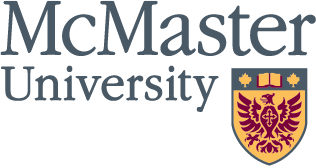August 5, 2002
Posted on Aug. 2: McMaster researcher leads genetics team
Read More
 Share
Share
SHARE WITH YOUR FRIENDS
Pick one or more destinations:
0
0
0
×
July 31, 2002
Posted on July 31: McMaster is first Canadian University to affiliate with Worker Rights Consortium
Read More
 Share
Share
SHARE WITH YOUR FRIENDS
Pick one or more destinations:
0
0
0
×
July 29, 2002
Posted on July 30: Committee examines IT plan
Read More
 Share
Share
SHARE WITH YOUR FRIENDS
Pick one or more destinations:
0
0
0
×
July 29, 2002
Posted on July 29: U of T questions McMaster
Read More
 Share
Share
SHARE WITH YOUR FRIENDS
Pick one or more destinations:
0
0
0
×
July 29, 2002
Posted on July 29: Human rights educator a catalyst for change
Read More
 Share
Share
SHARE WITH YOUR FRIENDS
Pick one or more destinations:
0
0
0
×

